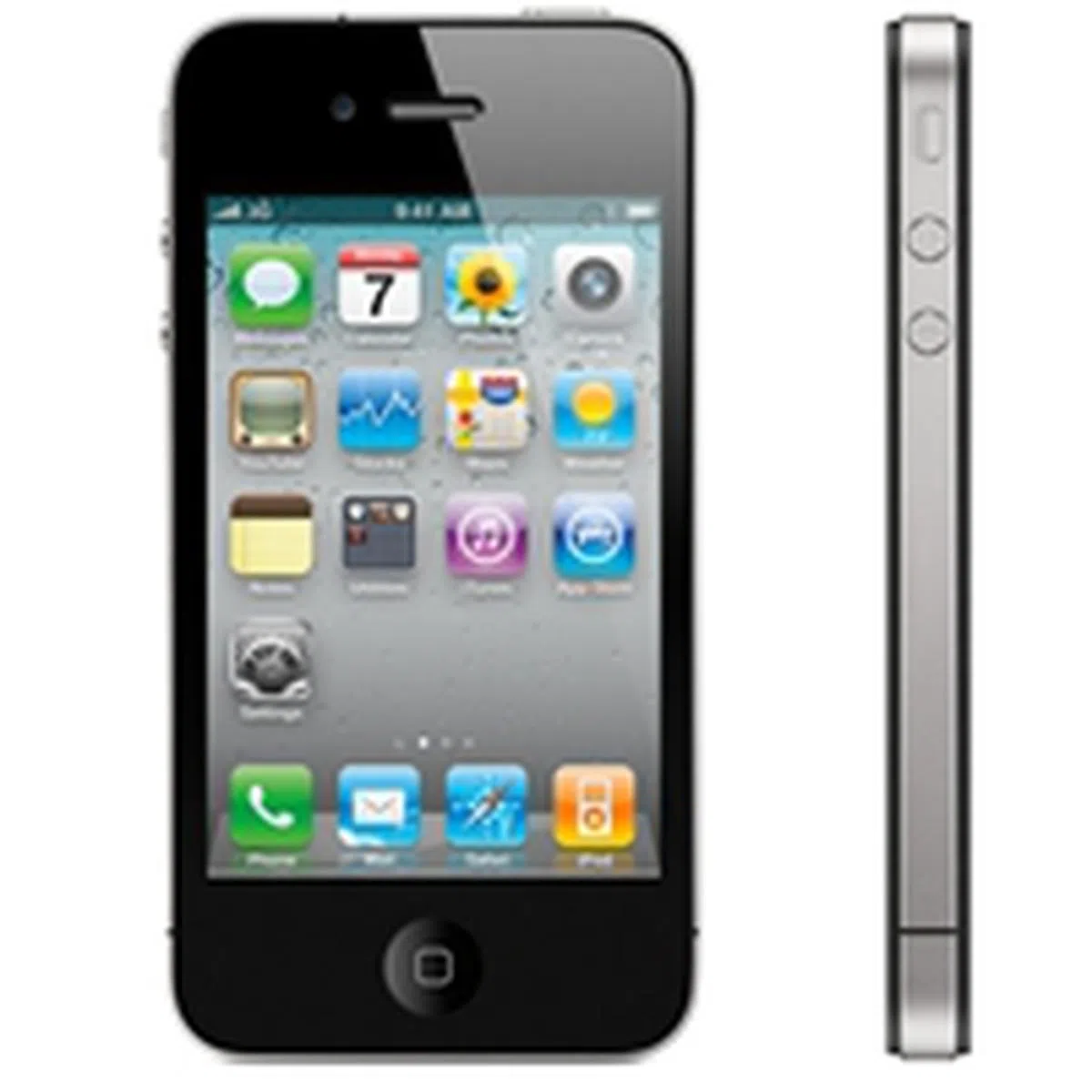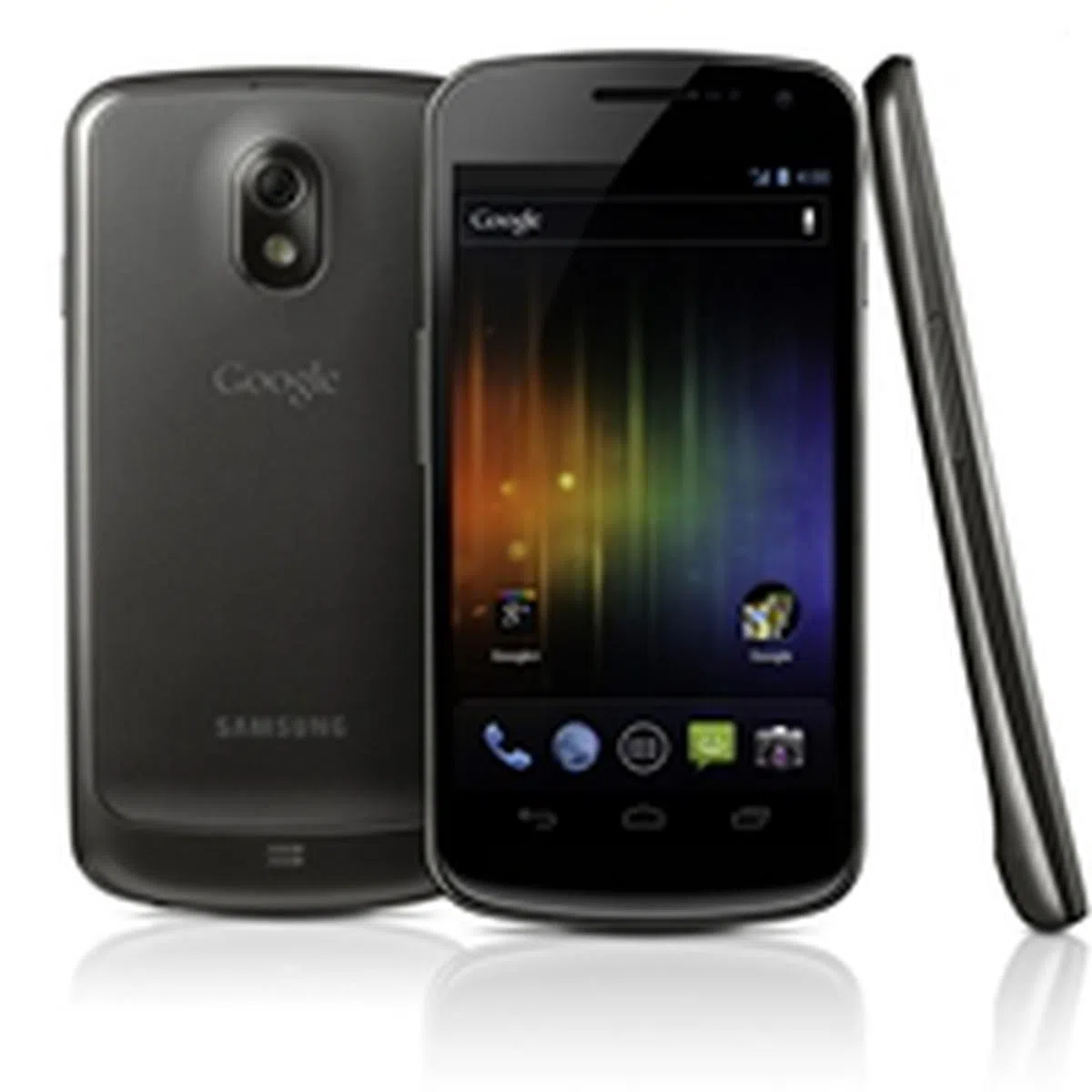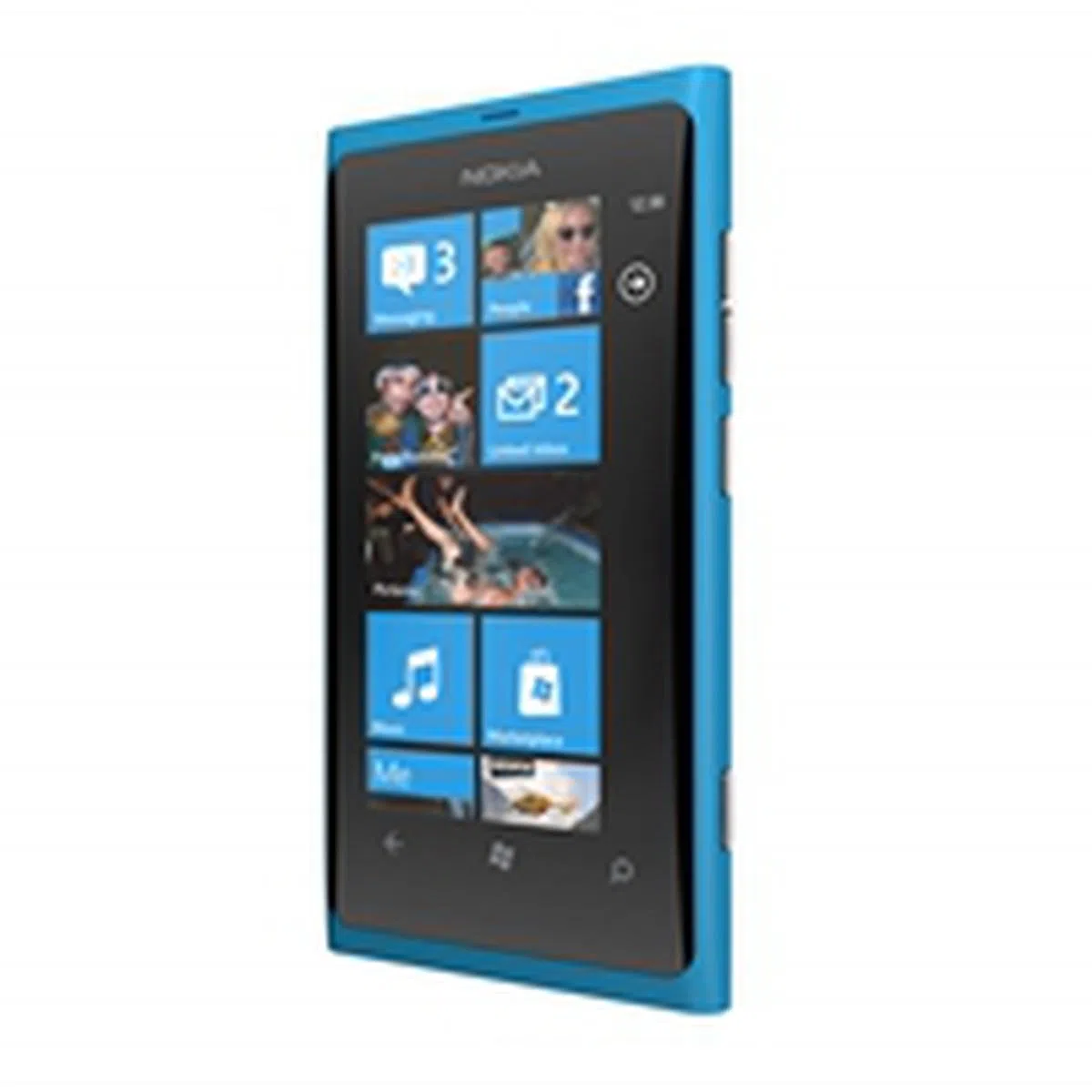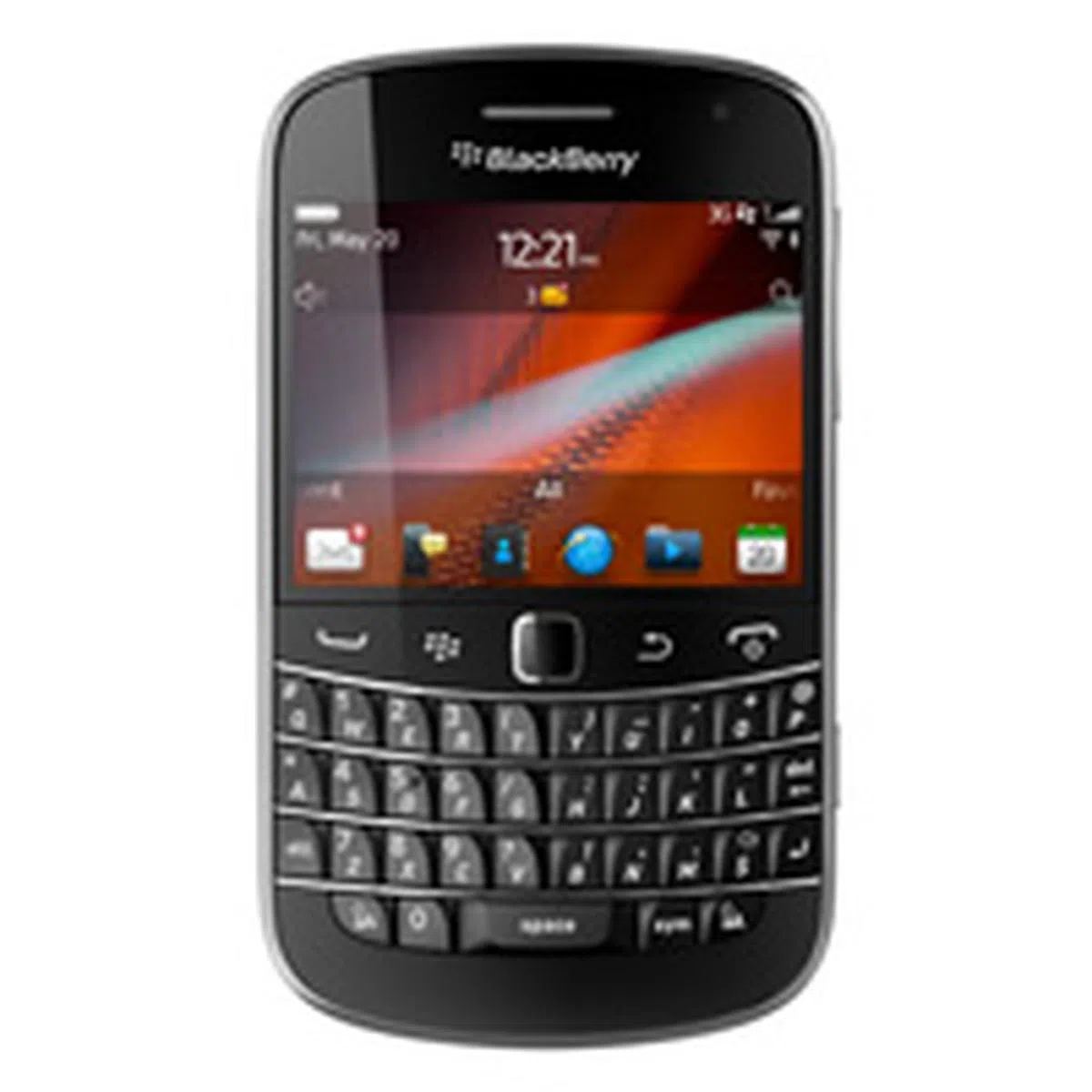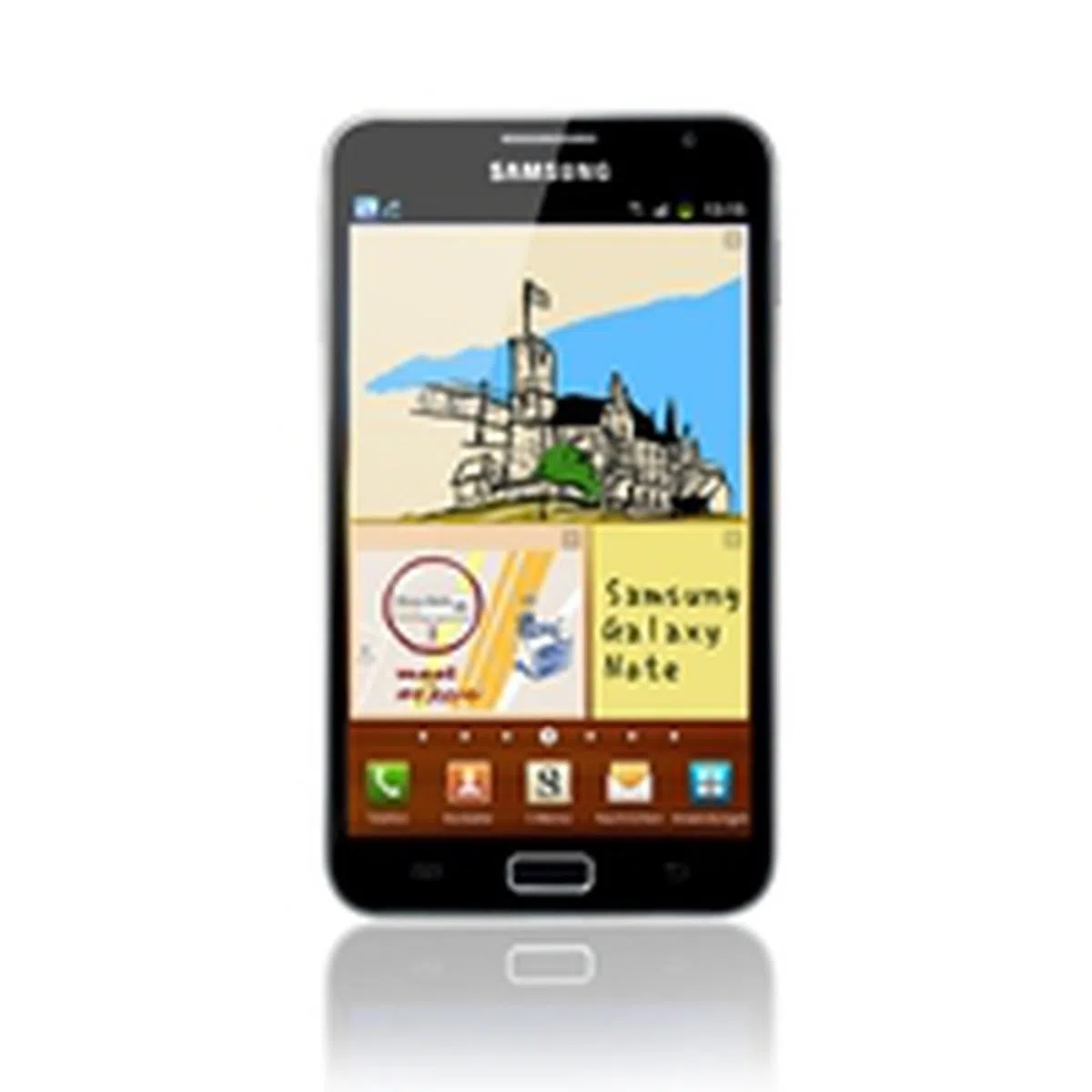HardwareZone's Smartphone Buying Guide Essentials
Reminiscing about the days when choosing a handphone is pretty much a cut-and-dried affair? Well, this guide might help you ease into choosing the one and only smartphone for you. We present some of the finer points of choosing a smartphone in HardwareZone's Smartphone Buying Guide Essentials.
Overview
So you are planning to get a new smartphone. Well, what's the next step? Decide on the choice of OS? In this day and age, where there are so many options with different features in the market (and more coming out every few months), how does one decide what's the best smartphone fit? Just like our tablet buying guide, we seek to provide you with some general hardware, software, and carrier advice that will make it easier for you to reach a decision in this smartphone buying guide.

2011 saw the introduction of many of the latest smartphone technologies and operating systems. For one, the Samsung Galaxy Nexus comes with the latest HD Super AMOLED Plus screen, the latest Android 4.0 OS and NFC capabilities.
But first up, a quick summary on the state of the smartphone in 2011 and early 2012. 2011 was a year of great changes and shake-ups for the mobile landscape. Samsung finally overpowered Apple as the world’s top smartphone maker in the July-September period, toppling everyone's favorite fruit from its throne. With last year's introduction of the iOS 5-flavored Apple iPhone 4S and Android 4.0 Samsung Galaxy Nexus, the competition is all set to be hotter between the Big Two this year.
The Nokia Lumia 800 and 710 Windows Phone 7.5 devices made their debut late last year as well, adding more variety and competition to the mobile line-up. While Research in Motion (RIM) had nothing much to show for their newly-announced BlackBerry 10 OS, details revealed this year unveiled much promise about a revamped UI and radical design changes. And who can forget the HP TouchPad fiasco, with the company discontinuing the development of its webOS products, including HP smartphones like Veer?
With Mobile World Congress 2012 coming right up in a month's time, you can expect another rat race between manufacturers contending for the best smartphone title. 2011 might have been the year for dual-core smartphones, 2012 is set to be the year for more powerful, less battery-sapping quad-core based devices such as the Tegra 3. This makes it more imperative to understand what to look out for when you are selecting a smartphone. Take a quick look at the important factors one should consider before making that leap of faith:-
There's a myriad of plans available in the market. Without a doubt, you are looking at a data plan to go along with it. Question is, which plan best suits your needs? | Apple iOS, Google Android, Windows Phone 7 or BlackBerry? We take a brief look at the different systems and showcase both their strengths and weaknesses. |
Smartphones nowadays come with multi-core processors, with single-core processors usually found in older or recent lower-end smartphones. Does it really matter? | Learn what RAM means to a smartphone's performance, how it changes your user experience and whether you need to spend that extra buck on storage space. |
The size and weight of a phone is usually determined by its screen size.Here, we give you a lowdown on the different screen sizes and screen technologies available. | Bluetooth, Wi-Fi and 3G connections are just some of the standard features on your smartphones. What do you use them for? |
Two key considerations in choosing a tablet is its mileage and portability.Do you prefer a smaller and lighter smartphone compared to one with better mileage? | Choosing the right smartphone is primarily about what best fits your needs. Know the requirements, and narrow them down to make a better informed choice. |
Choosing Your Plan Wisely
Right before deciding which device to splurge your hard-earned cash on, the imperative thing to do is to evaluate your current telco plan. This is especially if your needs have changed since the last time your contract's renewed; if you don't have an existing line, you have to decide on a telco plan which suits your needs.
The golden rule of thumb when it comes to the smartphone is to pair it up with a data- and messaging-heavy plan. The former is especially important given the very nature of communicating via today's modern smartphone - WhatsApp, emails, social media and so forth. Voice services in comparison seem to be less prevalent these days, unless it's a necessity required in your day-to-day job. Hence, in our plan recommendation chart below, we focused heavily on plans with data.

There are three telcos from which to choose from in Singapore.
Thankfully, Singapore is pretty much a small island so coverage is relatively on par, if not slightly differentiating, across the three telcos available. For the extra cautious user who wants a better picture of what sort of experience (including customer service) each telco entails, your best bet is to ask friends or families on different carriers. Nonetheless, the main concerns here will primarily be about costs and finding a suitable data-centric plan for your usage patterns.
Tip: Some companies offer special corporate rates with these providers, so check with your company and the individual providers for these rates. Students and NSF personnel usually get unlimited SMS/MMS perks on top of other perks with most plans.
So how do you choose between the price plans? Simply put, there are three specific tiers you can look at:
- Starting from the more affordable plans that are slightly below S$40, this is for those who aren't too worried about busting their voice, SMS and even data limits. In fact, with 12GB of data bundled, the chances of exceeding the data limit is still quite rare, though it could happen.
- Moving onto the next level, you are looking at monthly subscriptions between the range of S$50 to S$100, with a moderately high amount of voice and SMS tossed in. This will be for users who don't have a fixed pattern to their voice and SMS limits, which could see seasonal peaks or low periods in between.
- Finally, if you see a heavy usage for your voice and SMS, and you rely heavily on your cellular connection to get onto the internet, the premium plans, which could see a price range of above S$100 to the S$200 range, will be well-suited.
So what will you get out of these three price plan tiers? Here's a basic breakdown amongst the three telcos for your reference, accurate at the time of publishing:
Type of Plan | |||
Cheapest Data Plan | 3G Flexi Lite
| ValueSurf
|
3G SmartSurf 100 |
Mid-range Data Plan | 3G Flexi Value
| LiteSurf
|
3G SmartSurf 300 |
Largest Data Plan | 3G Flexi Premium
| Extreme Surf
| 3GSmartSurf Unlimited
|
*All plans consist of free local incoming calls all day.
Which Platform is Right for You?
Like their tablet siblings, smartphones are defined by their operating system and hardware specifications. There's no "one" OS to rule them all; all of them cater to specific target groups who happen to have differing needs and priorities. Deciding what are these important needs and priorities will make it easier for you to settle on the OS of your choice. In this section, we take a quick look at the top four operating systems in the market:-
Apple iOS
Without 'le', Apple' is just 'App'. Bad joke aside, at the heart of Apple's iOS or rather, at the heart of an iOS user is a vast and superior collection of apps. The iOS has many great and well-designed apps, ranging from photography, games and social media to kid-friendly apps. By all accounts, iOS looks like it will continue to grow because of its viability as a moneymaker for developers.
Plus, its no-frills grid-based user interface and clear stance on synergy across all iOS devices (be it iPhone, iPad or iPod Touch) makes it one of the two most popular and user-friendly smartphone operating systems in the market right now. The learning curve for an iOS device is low even if you are new to the device; if you already have an iPad or a Mac, you will definitely be at home with an Apple iPhone.
Things are looking even brighter for the Cupertino-based company with the recent iOS 5 update; some of these 200 updates included an iOS-wide messaging service called iMessage, a cloud-based storage and syncing system known as iCloud and a new Notifications Center that's similar to the pull-down notification bar on Android devices. As a side note, iOS devices come with a wide pool of accessory support from various brands, so if you are looking to vamp up your device, you will be presented with a huge selection that includes docks, car stereos, handphone casings and more.
In short, the Apple iOS smartphone is the one for you if apps, accessories and a no-frills user interface is what you're looking for.
If you already happen to be an owner of a iOS device, it makes more sense to stick with it as it will provide a unified experience.
Reasons to Choose Apple iOS
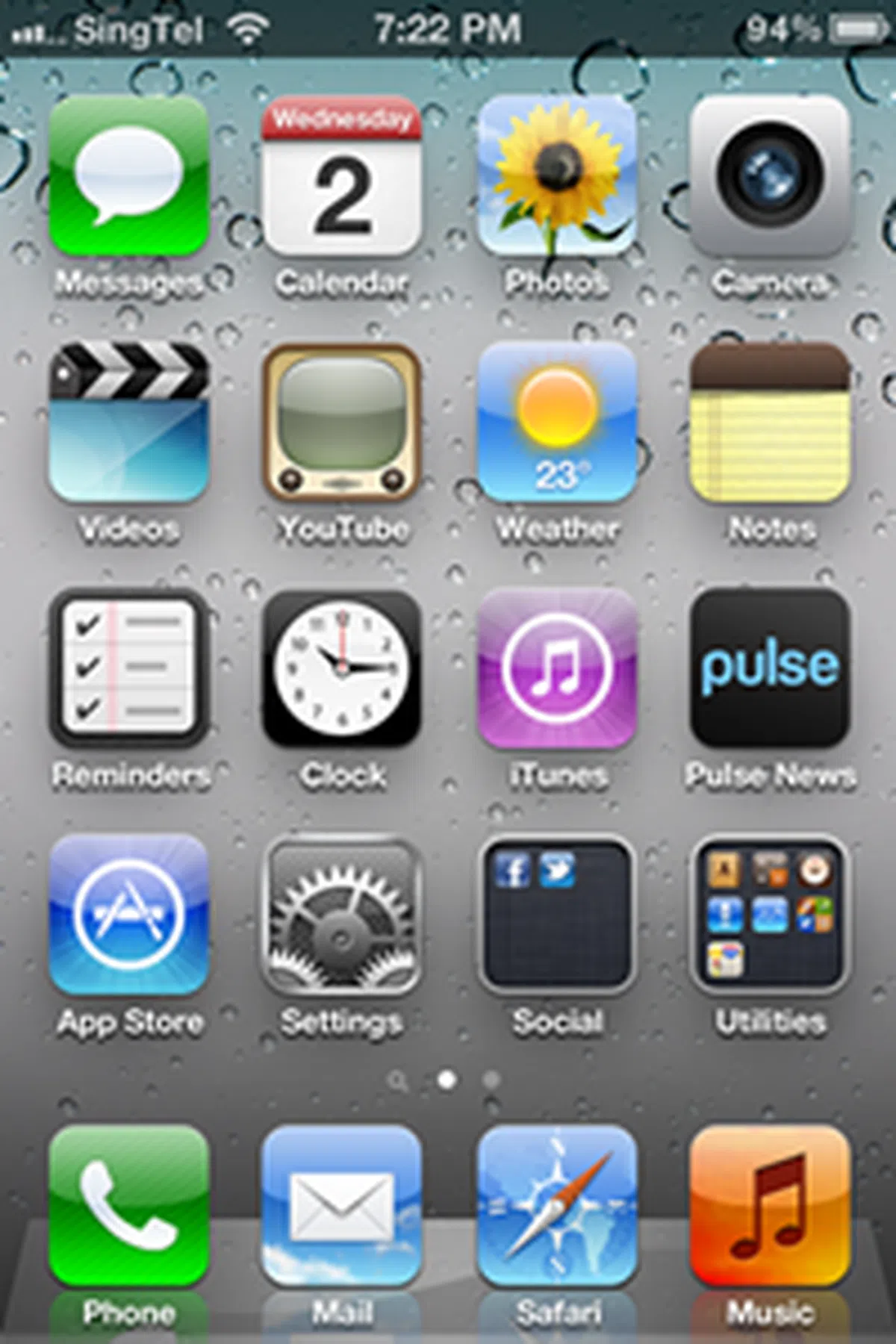 |
|
Google Android
It's no exaggeration to say that there are Google Android phones everywhere; prominent manufacturers like HTC, Samsung, Acer, Motorola, Panasonic, Sony Ericsson, Huawei and more have hopped on board to join hands with the open-source OS. Why so? Due to its nature, manufacturers can easily slap their software on phones without much reworking. At the same time, they are able to retain their own unique smartphone designs, user interfaces and hardware configurations.
Unfortunately, there's a downside to all that freedom. People looking to get an Android smartphone face more difficulty as they are dealing with a highly fragmented and diverse market of Google Android phones running on different OS versions with different hardware specs, user interfaces, price bands and so on. More often than not, because of the user interface "skins" manufacturers use on top of the Google Android OS, it takes a fair amount of time before they are able to release updated OS versions.
Bottom line is this: Google Android gives you freedom of choice and customization, but be prepared for software updates that could take months even after the source code is released.
Nonetheless, the key to the Google Android experience is not only in its myriad nature but also in its extensive Google-related services and customization. The Android OS was built to work seamlessly with a Gmail account; if you are a heavy user of Gmail (contacts, documents, calendar) and other Google services like Maps, your best bet would be investing in a Google Android handset.
The other prominent aspect of the experience is tied to customization and tailor-making your own home page(s). The Android OS features several home screens that can be tiled with widgets that tell the time, show the contents of your messages/emails/newsfeeds/social media accounts, favorite contacts, calendar events - the list just goes on. Some widgets and tools are manufacturer-specific; others can be easily gotten via app downloads in the robust Android Market.
For advanced users, the benefit of the Android platform comes from rooting. Simply put, rooting gives users full access to their Android devices. While there are many reasons to root your Android phone, the most common reason is to load customized ROMs and experiment with other user interfaces outside of the manufacturer's vanilla option.
At the end of the day, choosing and setting up a Google Android smartphone might be a tedious process (research is imperative; you need to know what exactly you want) but once the choice is made, you are more or less set for a phone that you can truly call your own.
Reasons to Choose Google Android
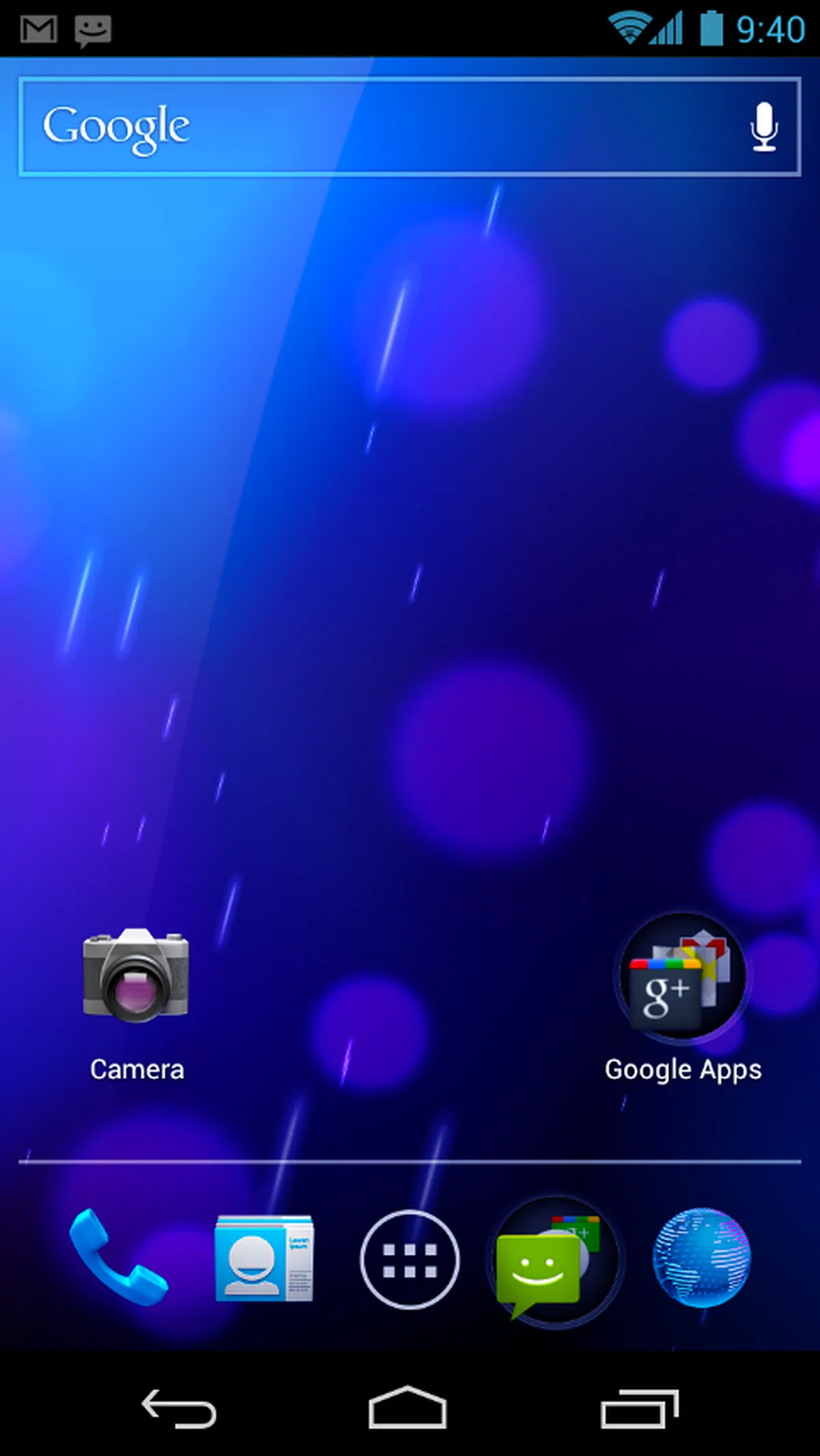 |
|
Windows Phone 7
The Windows Phone 7 (WP7) operating system started with much fanfare, sporting an entirely new (and minimalist) look compared to the older Windows Mobile OS. The relatively new WP7 OS was also a long awaited update to its dated mobile platform, sporting an entire new look and a stronger focus on providing integrated and connected user experiences.
Real-time connectivity is the key to describing the WP7 platform.
The WP7 presents a vastly unique user experience, one that's centered around Live Tiles, squares that are present and can be placed on your device's homescreen. These squared tiles are constantly animated and updated with information, allowing users a glance at what's happening real-time on their smartphone.
Built around the concept of Hubs and Facebook social feeds, the operating system emphasizes much on connectivity, which is prominently seen strongly in its People Hub, a place where contacts can be synced with your Windows Live, Google or Facebook account, allowing users to see their friends’ Facebook status updates in a single place. (With the WP7.5 Mango update, Twitter and Linkedin integration has been added as well.)
The other unique selling point for the platform is its integration with Microsoft's services like Bing and Office. Microsoft also did a smart thing with its Xbox Live services by integrating them with the WP7 platform. WP7 smartphone users can download and try games before purchasing (these are also tied to your existing Xbox Live personal account) or keep track of their in-game achievements and chat with their fellow Xbox Live peers. The app selection might be modest compared to the likes of Android and Apple, but it hosts a respectable amount of popular apps for a new OS.
Leveraging on an app-friendly environment aided by both Xbox Live services and Windows Phone 7 Marketplace, the WP7.5 Mango update saw the introduction of a new multi-tasking feature in the form of a tile system that will present thumbnails of the apps that are running in the background.
The WP7 is a unique platform but it is relatively new as well, so there's a degree of risk if you are planning to invest in it. Interested buyers have a small selection of WP7 phones to choose from, including HTC, Samsung and LG devices.
With Nokia on board (and subsequently, all eyes will be on them), the OS should be able to get more traction when more Nokia WP7.5 devices make their appearance.
Reasons to Choose Windows Phone 7
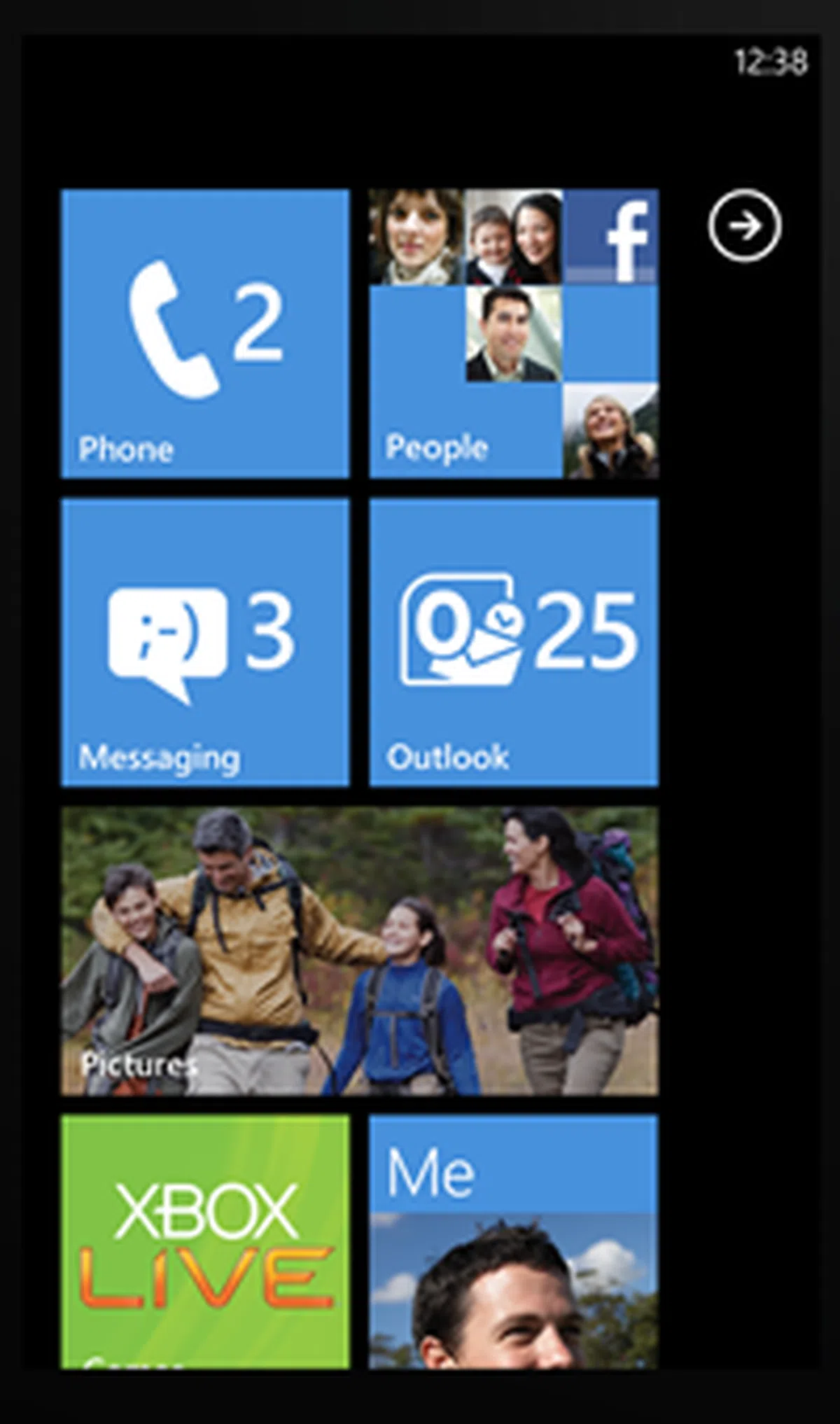 |
|
BlackBerry
BlackBerry smartphones have been definitive business mobile devices for one good reason: business communication. The other selling point of a BlackBerry smartphone is its proprietary and free BlackBerry Messenger (BBM) service. The recent push for BBM apps makes the service more appealing on a social and interactive level, without distracting users from its key functions. BlackBerry devices typically come with small screens (2 to 3-inches, many with no touch screens) and physical QWERTY keyboards.
With the introduction of BlackBerry 7 OS, improvements have been made to provide users with an experience that extends beyond business. One significant improvement is in the web browser performance, which BlackBerry handsets are traditionally weak in. The implementation of a new feature called Liquid Graphics allows the BlackBerry browser to render web pages faster with seamless panning and zooming. The addition of HTML5 elements also contributes to an overall enhanced user experience.
As mentioned, the BlackBerry devices are made for productivity and business emailing. Services like BlackBerry Enterprise Server 5.0.3 and BlackBerry Balance allow IT departments to manage data and usage (such as keeping corporate data secure via app usage restriction) on BlackBerry devices owned by employees. BlackBerry users also get to enjoy the full version of Docs To Go, which allows editing of Word, Excel and PowerPoint files on the phone. App selection is poor compared to its contemporaries so if on-the-go mobile entertainment is what you are looking for, you are better off looking at the other OS based devices.
The BlackBerry smartphone is clearly made for users who need a device for messaging, productivity and corporate purposes.
However, with the introduction of a new OS called BBX in 2012, BlackBerry is clearly steering towards a less enterprise-centric direction. The bad news is: we don't know enough about BBX to recommend it to readers and BBX devices are only slated for launch in late 2012.
Reasons to Choose BlackBerry
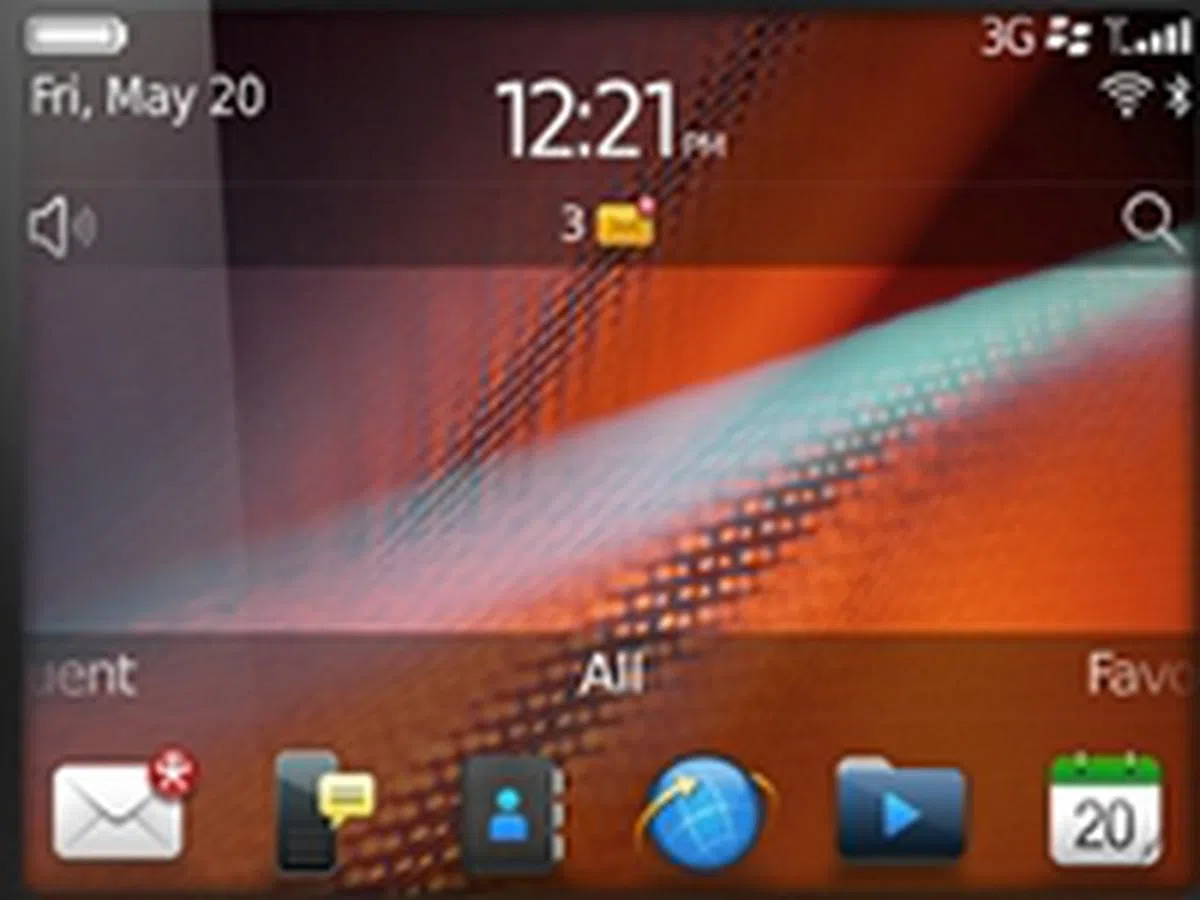 |
|
Running on Power
Besides the operating system, one of the more important components you need to look out for when you purchase a new smartphone, is the underlying hardware. If you are looking for a smartphone that can handle intensive operations (e.g., gaming), it is imperative that you get one that can give you the speed and smooth experience that you need. In this day and age, mobile processors have multiple variants, such as single or multi-core chips and different clock speeds. Here are some of the essential basics:
Lending an ARM
Desktop and notebook computers generally use an x86 processor from Intel or AMD, while smartphones and tablets adopt an ARM (Advanced RISC Machine) processor. ARM processors are designed mostly for low power consumption, making them ideal for mobile devices with a finite battery mileage, such as tablets and smartphones.
Furthermore, most ARM based processors aren't just processors in name; they are also system-on-chips (SoC) with graphics processing capabilities built-in, such as Qualcomm's Adreno GPU. This design helps to save space and cut down on power consumption by consolidating its GPU within its processor. While the integrated GPU won't give you the graphics rendering power from discrete chips, it does have merits in handling resource-heavy games and providing a semblance of a decent gaming experience.

Companies such as Apple and Qualcomm take advantage of the ARM license to design their own processors to be deployed on a wide range of mobile devices.
Thanks to ARM's licensing system, hardware manufacturers have taken it upon themselves to design their own chips. To date, these are the more common ARM processor brands that have made it onto smartphones: Texas Instruments, Samsung, Apple, Qualcomm and NVIDIA. In Apple's case, the advantage lies with the company being able to design and optimize their chips for their hardware and software. In particular, Apple has implemented its dual-core A5 chip on the iPhone 4S.
Single or Multi Core?
Smartphones these days come with a dual-core processor, with Qualcomm's Snapdragon processors proving to be a common sighting amongst smartphones in 2011. The benefits of a multi-core processor allows multithreaded programs to make full use of the various cores, thus improving the overall performance. However, apps are still the crucial bottleneck in this area. Though hardware manufacturers have been actively catching up with each other with faster and more powerful processors, the effort will be lost if apps aren't able to fully utilize the raw power of these multi-core processors.

Multi-core processors, such as NVIDIA's quad-core Tegra 3, are preferred for its better power efficiency due to its ARM architecture. (Photo Source: NVIDIA)
Furthermore, when more cores are in use, the overall power consumption will become a point of contention. Herein lies the question (and an issue of contention) - do you need to have a phone that comes with a much stronger processing power but poor battery mileage? Fortunately, companies such as NVIDIA have taken this into consideration with its latest quad-core Tegra 3 processor, which includes a fifth CPU core called the Companion core. This fifth core executes low-powered tasks like when on active standby, as well as handling music or video playback. Should apps require more resources and processing power, the quad identical ARM Cortex A9 CPUs are activated accordingly to raise the level of intensity needed for differing tasks. Quad-core smartphones are said to hit the market in the first quarter of 2012.
So what sort of processor or how many cores should your ideal phone have?
While there's much hoo-haa over multi-core processors, there's not much benefit to these cores when there's little software specially written to harness the power (at the time of publishing). Do note that many single-core smartphones already provide ample and sufficient power for day-to-day tasks. So for most users, the type of processor used shouldn't really be a determining factor.
You should however focus to see how responsive the phone is when trying out apps and multi-tasking - more on this on the next point.
The Need for Speed
Having multiple cores running concurrently is only just one aspect of the processor. Clock speeds also determine the processing power and overall smoothness of the experience. To date, most new smartphones are running at clock speeds from 1.2GHz and above. In certain cases, manufacturers prefer to reduce the clock speed in lieu of reducing the load on the smartphone's power consumption.
Does higher speed equate better performance? Yes and no. Though it does help in speeding up the user interface and overall loading times of your apps, this is still subjected to the optimization of the software. And that goes beyond the operating system, to the customized user interface and how apps call upon the processing power.
Speed isn't everything. An older processor can be overclocked to a higher speed, but it might not have the necessary power efficiency as a newer chip with a more manageable clock speed.
Sheepish RAM
Another component that will aid in the overall performance of the smartphone, lies with its memory. Primarily, we are referring to random access memory (RAM) for those who are familiar with the term.
Previously, apps were limited to simple, uncomplicated ones that require little processing power. With the refinement of technologies, operating systems and an increased reliance on the mobile lifestyle, smartphones are becoming increasingly faster. As such, app developers are flocking to take advantage by creating bigger and flashier apps. Sufficient RAM allows for these apps to perform smoothly; with multi-tasking available in most OSes, having more RAM equates to a device being able to run more apps concurrently and is apt at handling app switching.
Newer smartphones offer at least 768MB to 1GB, such as the Samsung Galaxy Nexus. It is important to note that while the final performance for the app is also dependent on coding, having a more RAM never hurts. The current portfolio has seen an upper limit of 1GB. Phones that will be coming out this year still more or less follow this limit but there's still hope for even greater heights; word has it that the upcoming Samsung Galaxy S III will come with 2GB of RAM.
Tip: The typical range for memory now stands at 512MB to 1GB, which is sufficient for current needs. While more RAM translates to better performance for multi-tasking, don't get sucked into the numbers game.
The Storage Crunch
Like their bigger tablet counterparts, phones are usually preloaded with internal storage. Often, they come in 16GB or 32GB variants; Apple's iPhone offers an even larger capacity variant at 64GB. Of course, better specs also translates to a higher price to pay; the larger the storage option, the more cash you have to fork out.
Similar to RAM, a higher number is definitely preferred, but the important question here is: do you really need the extra storage space, especially considering that most phones these days (not all do; e.g., Windows Phone 7 devices, Samsung Galaxy Nexus) come with microSD expansion capabilities up to 32GB?

Expandable storage options such as microSD and SD cards will resolve your storage limitation on most smartphones.
It all boils down to what you will be using the device for. If you wish to have your large multimedia collection within easy reach or you are someone who has many apps (especially games; graphic-intensive ones usually take up more space), a 32/64GB storage capacity will be the preferred choice. If you look at this from the perspective of someone who doesn't like to manage files, a higher storage capacity also means de-cluttering and making space for more important files is less of a concern.
If you're just someone who wishes to use your phone as a music player, 32GB should be plenty, with enough leftover for apps. Otherwise, users who fit neither of the above categories should go for the 16GB version, but note that the need for storage management might arise.
Touch and Feel
The size and weight of a phone is usually determined by a phone's screen size. Choosing a phone means you'll be faced with many options touting displays of 4.3 inches or larger, some as big as 5.3-inches. Some of the smaller ones range between 3.2 to 3.7-inches, depending on various factors. However, do remember that depending on the size of your hand, it can actually be very difficult to use a device one-handed once you get into the bigger smartphones range.
Screen sizes are admittedly a subjective factor; as with tablets, there is no one size that fits all. However unlike tablets, the sizes for touchscreens for phones are more varied. Ultimately, it boils down to user preference, and personal comfort level with the display sizes.
Here's a quick actual size comparison of phone screen sizes (source: http://phone-size.com/) for a better gauge of what you as a user will be getting yourself into. The phones below represent just a fraction of what's available in the smartphone market and we must point out that there are other screen sizes available:

The HTC Sensation XL comes with a 4-7-inch touchscreen and the Samsung Galaxy Note comes with a 5.3-inch touchscreen.

The Sony Ericsson Xperia Arc S comes with a 4.2-inch touchscreen; the Motorola Droid Razr comes with a 4.3-inch screen; the Google Galaxy Nexus comes with a 4.65-inch screen.

The Sony Ericsson Xperia Ray comes with a 3.3-inch touchscreen; the Apple iPhone 4S comes with a 3.5-inch touchscreen.

The BlackBerry Bold 9900 comes with a 2.8-inch touchscreen while the Sony Ericsson Xperia Mini comes with a 3.0-inch touchscreen.
- At the risk of stating the obvious, those who do not mind a bigger and possibly heavier smartphone in favor of a larger screen real estate should move towards the 4.65-inch to 5.3-inch range.
- Most high-end smartphones come with a 4- to 4.3-inch form factor which is bigger than the de facto standard (iPhone's 3.5-inch screen). We reckon that a phone with a 3.5-inch screen size and above is adequate enough for mobile browsing, gaming and reading e-books on-the-go.
- If you are looking for basic usage (e.g., making calls, messaging), a phone with a smaller screen size might be more of a practical choice for compact storage in your pocket or clutch. However, those with bigger hands or elderly folks who need to have better clarity, the mid-tier sized phones in the 3.5 to 4.0-inch display sizes could be more ideal. After all, heavy messaging on a small touchscreen isn't fun.
Display sizes also share a correlation to the tablet's battery life and weight. Typically speaking, a larger display will see higher power consumption and tend to be heavier to handle. Conversely, a smaller screen will see a better battery life (subjected to the battery capacity of the device) and is far easier to handle. Also, viewing on a smaller screen might be more straining on the eyes.
Display Resolution
The display resolution is also intricately tied to your display choice. With a higher pixel count, you can expect sharper details and better video quality on your touch screen. A larger display size usually brings with it a higher pixel count to improve the clarity and sharpness of its displayed content.
As such, be aware of the display's resolution when you are looking at larger displays to avoid getting sub-standard images and video quality. Most phones released in 2011 generally come with bigger touch screens (4.3-inch and above) and a QHD (960 x 540 pixels) resolution. The Samsung Galaxy Nexus (4.65-inch) is the only one in the market with a (1280 x 720 pixels) HD resolution. Typically, phones with smaller screens (3.2-inch and below) typically come with a HVGA (320 x 480) resolution.
Likewise, a higher display resolution can lower the battery life of your smartphone. A larger screen usually sees a higher display resolution (thus, a higher pixels per inch density) to sharpen the details of the returned images and videos. However, if you are not too picky with the screen quality, the pixel resolution won't be a crucial factor.
Tip: A larger display should see a higher screen resolution to compensate for the pixels per inch density. However, be wary of the potentially lower battery life due to the combination of both features.
ABCs of Screen Technology
With screens getting bigger, screen technology is becoming increasingly important to consumers. Manufacturers like Samsung and Motorola choose to use terms like "Super AMOLED Plus" and "Super AMOLED Advanced PenTile" to sell this technology to the consumers. Most current phones are modeled around AMOLED (active-matrix organic light-emitting diode)-based displays; standard LCD display are usually seen in budget smartphones. With that said, both types have their disadvantages and advantages. AMOLED displays have the distinct advantage of a richer color reproduction, richer blacks, superior outdoor visibility in sunlight and better power management. Nonetheless, since the cost of the display is also proportional to the size, this is the likely reason for the slower adoption of this new display technology.
Connecting it Up
Getting a smartphone is a step towards being well-connected. A typical smartphone comes with a varied set of connectivity options, some of which are more highly utilized than others. To give you a better idea of the wireless features you'll be using on your smartphone, here's a quick look at what it will offer:
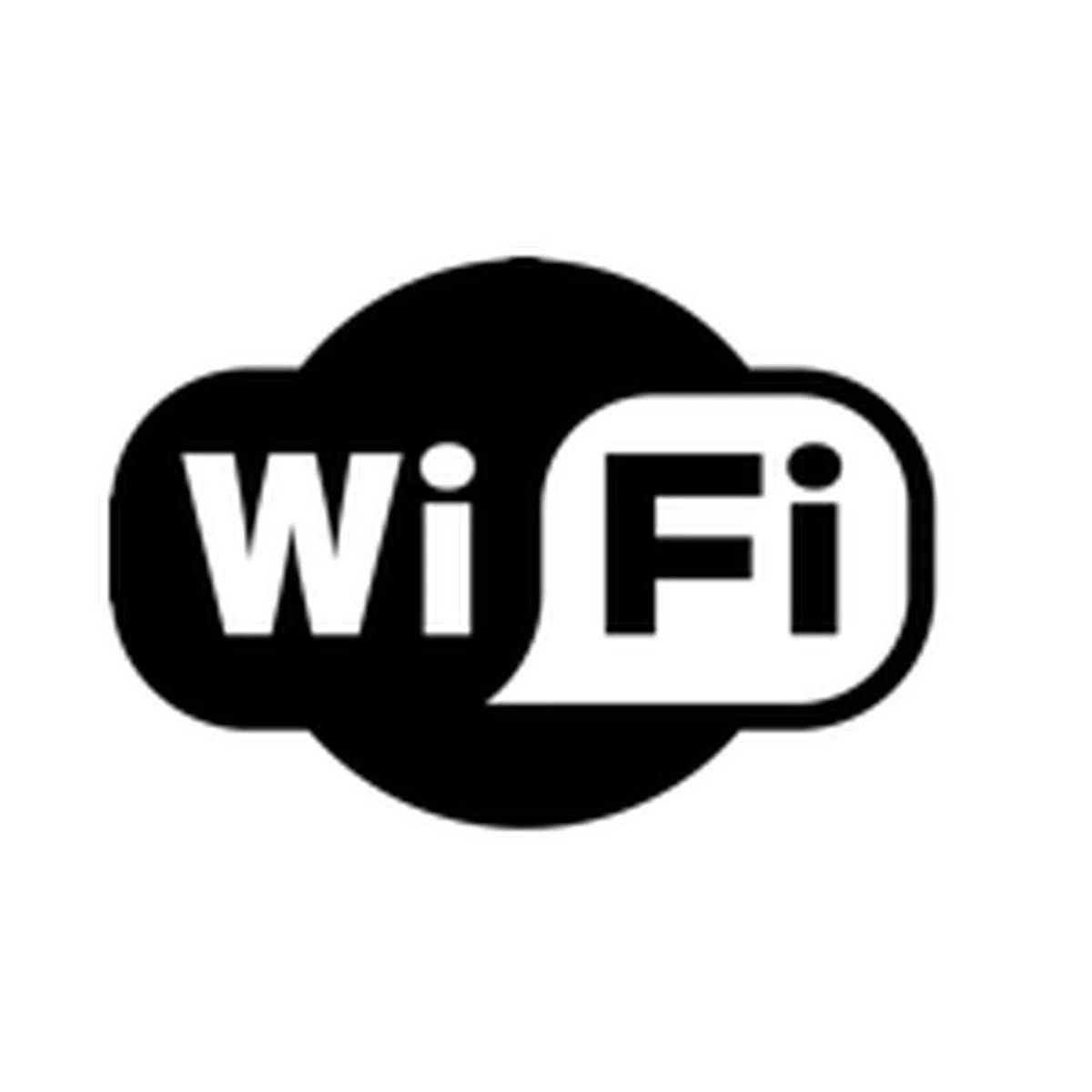 | Wi-Fi Wireless Fidelity, or commonly known as Wi-Fi, is perhaps the one and only feature that must never be left out in any mobile devices. Acting as the conduit to connect your device to the vast internet realm, your Wi-Fi connection is also categorized according to the speeds and range it supports. To date, most mobile devices have moved onto the draft-N protocol, supporting faster download / upload bit rates. Keeping your smartphone connected via Wi-Fi consumes lesser power than it would on a HSDPA connection. When you're out and about, Wi-Fi is unfortunately only available where hot spots exist (areas that are serving out wireless connectivity via Wi-Fi equipped routers), and sometimes, you might even have to pay to get access to it. As such, the bad thing is Wi-Fi is not as readily available as the latter is. |
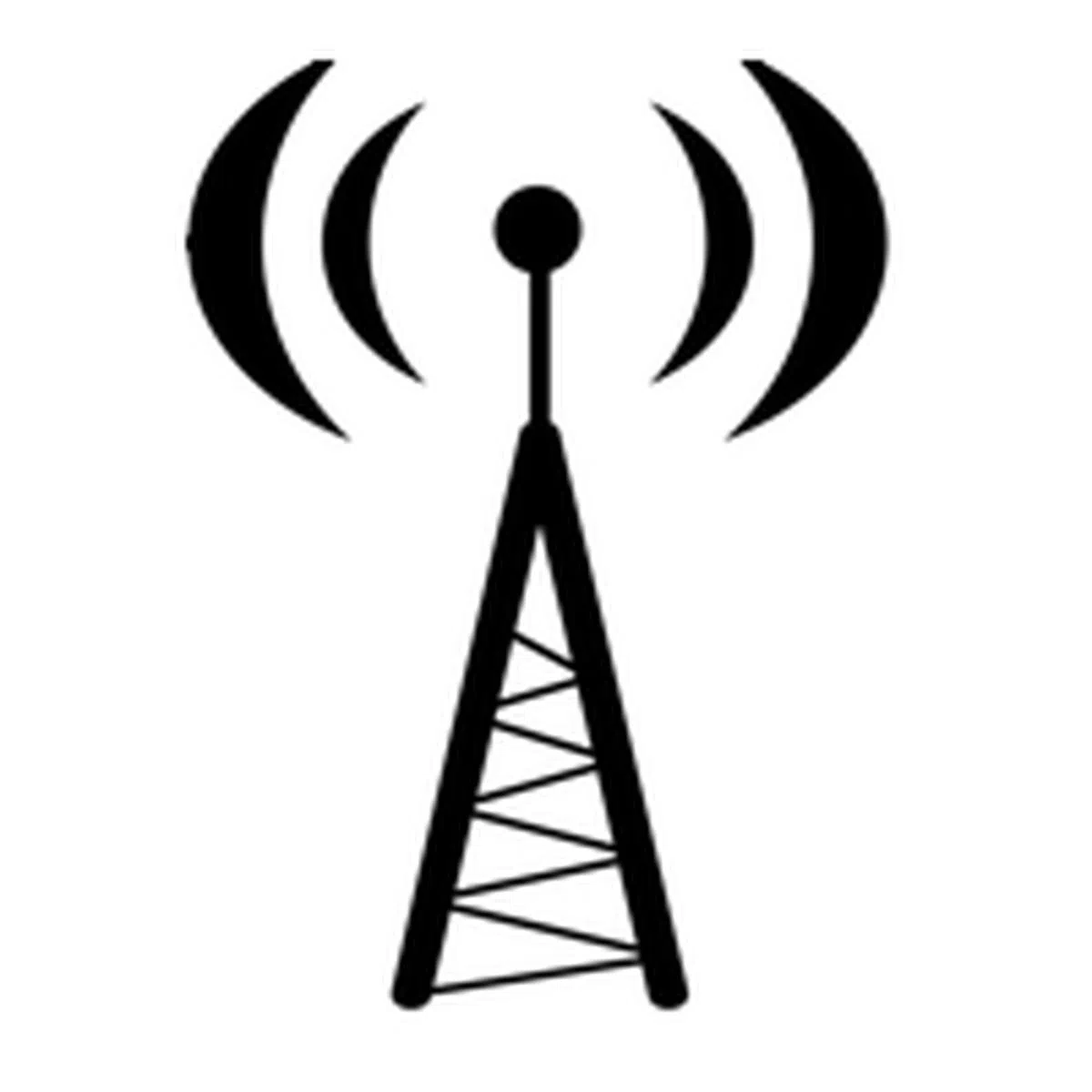 | HSDPA/ HSPA+/LTE High-Speed Downlink Packet Access (HSDPA), otherwise known as 3.5G, picks up the pace when a Wi-Fi connection is not available. This is a big part of the smartphone experience, so if you are looking to be connected while on-the-go, be sure to stock up on a 3G-equipped plan. Most smartphones released in 2011 support the HSDPA protocol, so you'll only need to check on its availability in very budget-grade phones. With the introduction of LTE services in 2012 by Singtel, consumers inSingapore will soon have more wireless options to choose from. The upcoming LTE data plan promises theoretical download speeds of up to 75Mbps, ensuring that consumers get download speeds that are improved by ten times from the existing HSPA+ speeds.LTE-ready devices are not readily available in Singapore yet, but it's a reality not too far from now. |
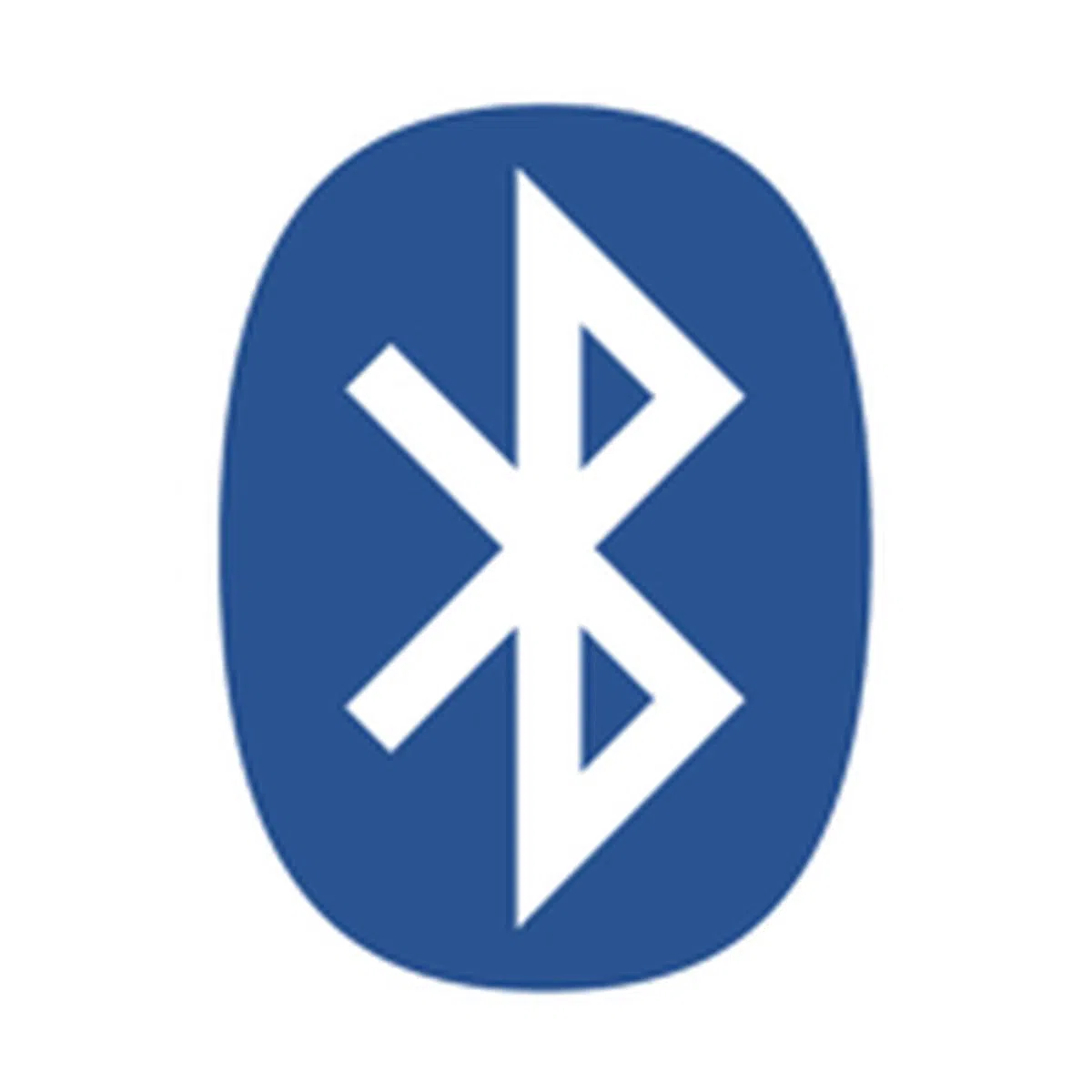 | Bluetooth By far one of the most common connectivity features, Bluetooth is widely used by not just mobile phones, but tablets too. It is often used to create a bridge between your device and its accompanying peripherals, such as a Bluetooth headset or a wireless keyboard. |
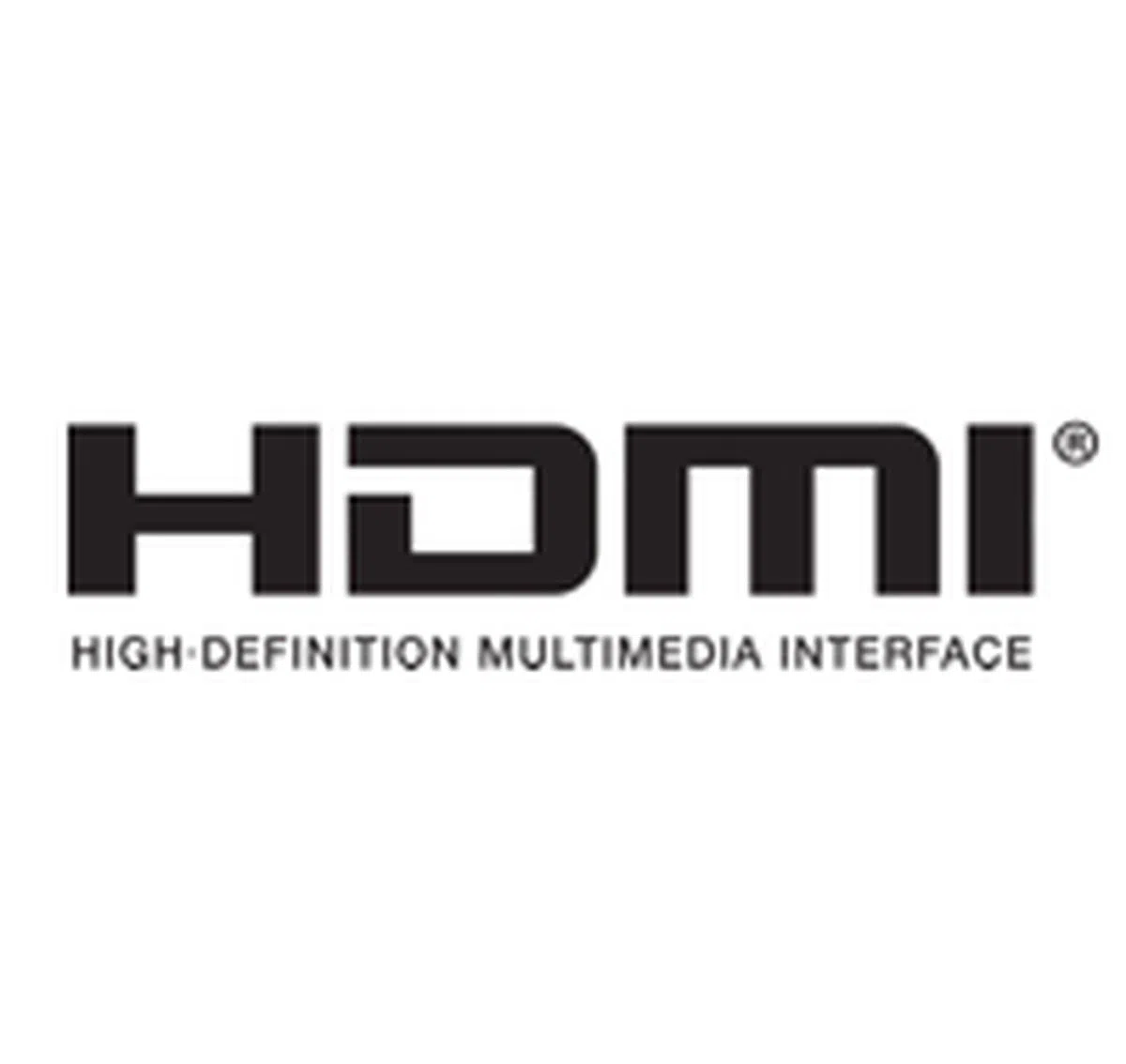 | HDMI / TV-out Smartphones are intended to be portable devices, but wouldn't it be nice to be able to enjoy your smartphone contents on a larger screen? To enable this, HDMI is the chosen choice of connectivity, but most smartphones don't feature this as a standard option. Should you wish to have it, certain smartphones such as the Motorola Razr come with an HDMI output to extend its display onto a HDTV. So look out for HDMI connectivityif you intend to use the smartphone as a media player for your large screen TV. |
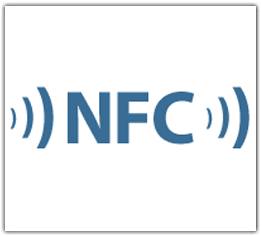 | Near Field Communication In recent months, interest in near field communication (NFC)has started picking up in various countries. The wireless standard allows information to be transmitted via a mere tap of the device with compatible implementations via an NFC chip. Unlike quick recognition (QR) codes that is limited to just a read mode, NFC chips allow users to program specific info or actions to the chip, and the code can be re-written based on the user preference. NFCis not a foreign concept to countries such as Korea and Japan, but as 2012 progresses on, expect to see more NFChubs appearing outside of these two countries. |
To Tether or Not to Tether?
Once you buy a smartphone, chances are you will be getting or already have a contract with the telcos. More importantly, the subscribed price plans usually come with a data bundle, which gives smartphone users instant connectivity to the internet via a HSDPA connection. What if you are planning to get a secondary smartphone or a tablet at hand and constant wireless connection isn't a necessity on these devices?
Well, the good news is, smartphones platforms such as iOS and Android come with a useful feature: creating mobile wireless hotspots via your 3G connection. With that said, you can save a little cash by purchasing a cheaper, Wi-Fi only tablet that relies on the wireless hotspot. This same concept also helps you quickly establish mobile connectivity for your notebook while on the move. The only downside to using your smartphone as a modem of sorts is seeing the battery getting sapped rather rapidly.
Running on mAh
Smartphones are essentially miniaturized computers, much like their tablet counterparts. Typically, a smartphone today comes with a 4.0-inch touchscreen, is hooked constantly to the 3G network and runs battery-draining processes like games and media consumption. It is imperative that these portable devices have enough juice to last for a substantial amount of time.
Most smartphones on standard usage can last for at least a full day on a single charge.
While the advancement of technology in this area is slow, it is fortunately picking up. Operating systems such as iOS and Android are built for battery optimization. Furthermore, the adoption of processors based on the ARM architecture are built to improve power efficiency alongside better performance. Existing energy-saving apps and manufacturer-specific presets also help users to extend their smartphone usage.
Nonetheless, this is still highly dependent on how such devices are being utilized. To date, there's been a bevy of smartphones that have performed substantially well even after being battered with a barrage of resource intensive tests. Over the years, we have subjected devices to our battery test, which involves testing a video with a 480 x 800-pixel resolution looping under the following conditions:
- Screen brightness and volume at 100%
- Wi-Fi and Bluetooth connections active
- Constant data stream via email and Twitter
To give you a better idea of how the recent smartphones fared in our tests, here's a quick glance at their performance:
Portability
While the battery life is one crucial factor to consider, the overall dimensions and weight also contribute to the portability of the smartphone. A higher battery life is great, but at times, it comes at the expense of loading the phone with more weight/batteries and thus, increases the volume. If portability is an issue for you, the battery life to (weight x volume) ratio is an important indicator for you to look at. Typically, a phone ranges from about 120g to 150g with the heavier and bulkier ones tipping the scales at 170 to 180g.
The numbers obtained from our battery tests can be translated to the portability of the smartphone. This is achieved by calculating the ratio of the battery life to the (weight x volume) of the smartphone.
In this situation, a higher number translates to a better portability index, given that a higher battery life with a lower (weight x volume) index gives a higher ratio.

Matching Needs
Choosing the right smartphone is all about what best fits your needs. What is your primary activity on your device? Which OS, UI and telco plan will best suit your usage pattern? Typically speaking, we can classify users according to a few pre-determined examples. These will allow you to narrow down the scope and find a smartphone that's more within your needs, following which you'll need to consider your budget and how comfortable you are with the phone.
However, do note that how you use your phone is heavily dependent on what you use it for. No two users are alike, so what could work for you, might not work for another. In short, you should agree to disagree with how you use your device, and be aware of how you use it and optimize your usage pattern.
All-Rounder
If you're looking for a device that's somewhat a jack of all trades - music, movies, gaming, decent battery life and camera -, you will need to find a well-balanced phone running on a stable OS. Some features to look out for are a highly portable smartphone with ample storage capacity, a 5 to 8-megapixel camera and a robust app ecosystem.
The Apple iPhone 4S might not come with the biggest screen, the highest RAM or the most pixels squeezed into its screen, but it is noteworthy for its extensive ecosystem of apps (and functional accessories), its ease of use and capable 8-megapixel camera. These features make the Apple iPhone 4S one of the top choices for users looking for an all-rounder. Oh, don't forget that it also comes with Siri, an intelligent voice assistant. Reasons for Apple iPhone 4S
|
If you're looking for an Android smartphone that's an all-rounder, your best bet would be with the new Samsung Galaxy Nexus. Powerful, Android 4.0-ready and equipped with a 4.65-inch HDSuperAMOLED display, there's no denying that smartphone is the definitive Android device at this moment. The Android market might be smaller than Apple's in terms of app offerings, but the selection is more than sufficient for the average user. Reasons for Samsung GalaxyNexus
|
Social Media Integration
A heavy user of social media? Or looking for a smartphone that's easy to use for social media and communication purposes? It is important to note that social media apps are readily available across the different operating systems. So essentially, most phones can qualify under this category. However, if you are looking for a streamlined and unique social media-driven user experience, the Nokia Lumia 800 is definitely the phone for you.
The selling point of the Nokia Lumia 800 is admittedly its social media-driven People hub. With the WP7.5 update, Twitter and LinkedIn have both been added to the list of integrated services with your phone contacts.This lets you browse through and reply to your latest social network updatesas well as sharing of photos and images through Twitter or Facebook in a few nifty clicks. Furthermore, Windows Live Messenger and Facebook integration with the existing Messaging hub allow users to conduct conversations under a single thread (SMSes included). Oh and if you're going to rely heavily on your phone for navigational purposes, you'll love Nokia Drive. Reasons for Nokia Lumia 800
|
Productivity
Your device is basically a tool for your work-on-the-go lifestyle as well as a key to your work efficiency. Your main concerns lie with work emails, documents and basically juggling your communication between your client/business partners. Ultimately, security features and mileage are essential, while a lower emphasis is placed on powerful hardware specs.
The BlackBerry Bold series smartphone is and has been the definitive phone for business and formal communication. There are many reasons for this: its responsive and well-built keyboard, corporate grade email, data security services and a solid body. The latest BlackBerry Bold 9900 comes with all of these plus a touchscreen and the latest BlackBerry OS 7.0 with Liquid Graphics. Reasons for BlackBerry Bold 9900
|
Entertainment/Creativity
You require a bigger screen estate for your media consumption but find that the 7- to 10-inch tablets overly excessive; ultimately, you still prefer a phone that is small enough to carry about. Your device is primarily a vehicle for entertainment consumption or doodling/taking down notes so preferably, the smartphone should come with additional tools such as a stylus.
The Samsung Galaxy Note is a hard phone to peg. If you are looking at its gigantic screen size of 5.3 inches, it sits right smack between a smartphone and a small tablet. Otherwise, it is a smartphone (with a HD Super AMOLED screen). The SamsungGalaxyNote comes with S Pen (Advanced smart pen) technology, which is in a nutshell, a functional stylus concept.The S Memo function enhances the experience of writing, quick note-taking and doodling and is omnipresent in every app when triggered. Reasons for Samsung Galaxy Note
|
Of course these aren’t strict guidelines to follow. Most of us alternate between different lifestyle profiles, and ideally, we want our phones to work as effective tools for both our personal and public lives. In that case, your option is to weigh your needs carefully and decide what overrides the other. There are plenty of smartphones around in the market today; if you feel that the choices mentioned here are limited in variety and you have a rough idea of what you are looking for, you can head to our previous round-up article.
Upcoming Smartphones
The smartphone industry is one that never sleeps. As of now, there's been reports of smartphones that showcase bigger screens, thinner bodies, higher RAM capacities, latest OS updates and many more features that will outrank the current lineup. That plus NVIDIA has mentioned that Tegra 3 equipped smartphones will make an appearance in the earlier part of this year (yes, rumors have been flooding in). If you are in no hurry to get a new smartphone, hold your horses for these rumored smartphones:
- Sony Xperia S (Hands-on experience here)
- HTC Edge / HTC Ville
- Huawei Ascend P1 S / P1
- Samsung Galaxy S III
Our articles may contain affiliate links. If you buy through these links, we may earn a small commission.
